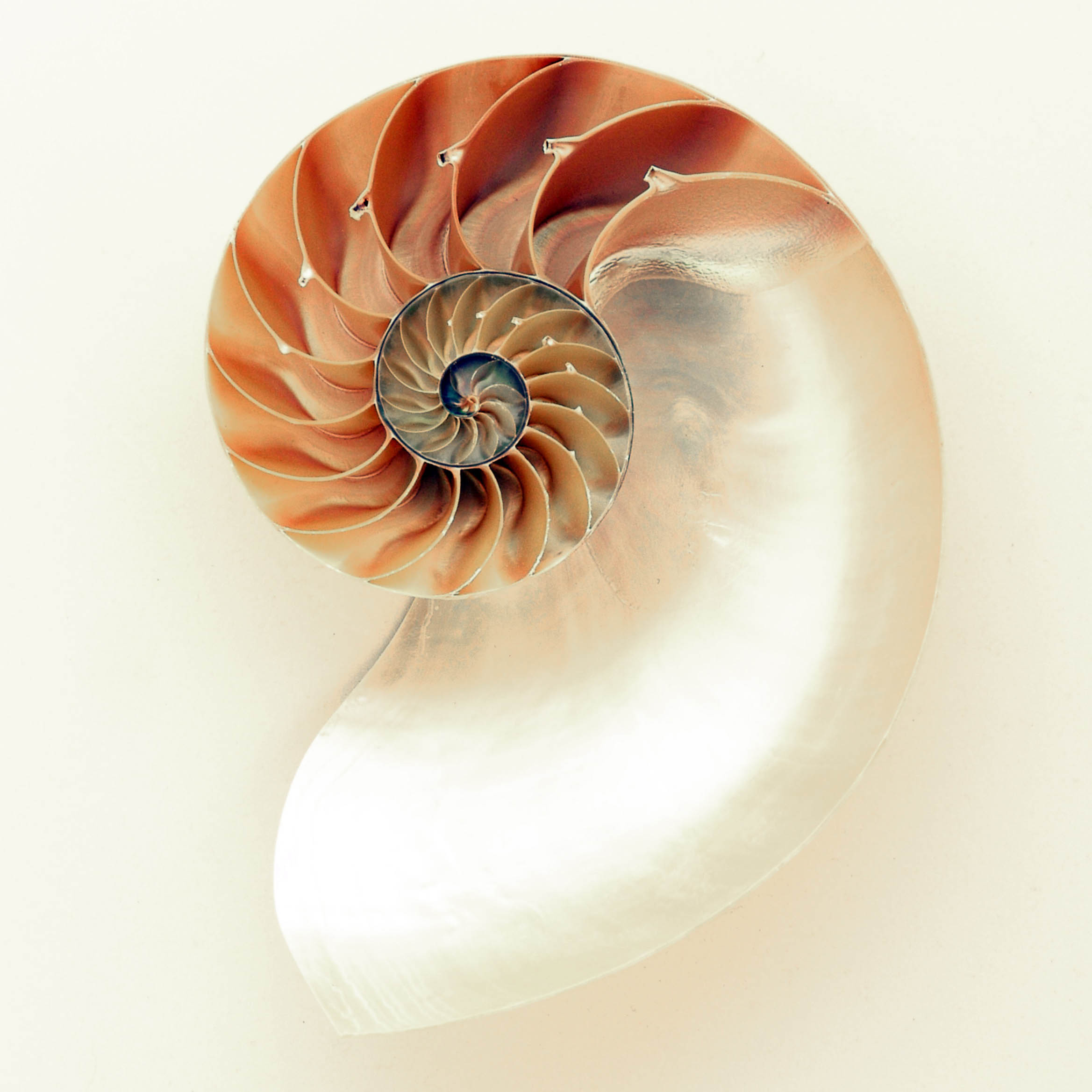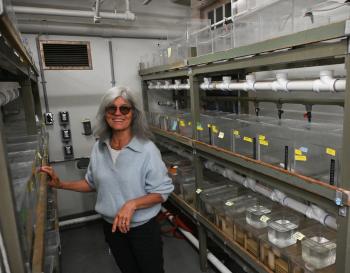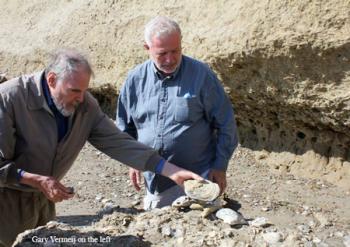Food. Molluscs have always been an important source of food for humans. Growing oysters is a big global business. And small squid are a major protein source globally.
Learn how pearls are made. The inside of some shells is often iridescent and is a source of Mother-of-Pearl which has many decorative uses.
Humans have been collecting gastropods for their shells for centuries. Nautiluses have been overharvested and are in danger of going extinct. Hawaii has an incredible number of indigenous snails that live nowhere else. This Hawaiian snail is already gone. With a global economy, species get transported around the world, often causing problems in ecosystems where they don’t belong. Zebra mussels have spread across the United States.
Biomimicry
Mussels use tiny threads to hold tightly onto rocks so they won’t be swept away by crashing waves. The threads, which are often referred to as beards when you buy mussels in a seafood store, are called byssal threads. They are both stretchy and hard, acting as a holdfast and a shock absorber. This is unusual and scientists want to understand how they work so they can use the knowledge in designing new materials.
Bivalves are efficient filterers. They can be used to filter out microplastics and other pollutants. Read about the environmental benefits of growing clams.
Abalones have beautiful and strong shells. The shell is stronger than any modern ceramic, so scientists have examined the structure to try to mimic it to create a lightweight building material. Read about abalone shells.
Medical
Cone snails use powerful venom to paralyze their prey so then they can eat them. Researchers have isolated one component of this complex cocktail; that has the potential to be a powerful pain killer: read about it and see video of cone snails in this NPR article. Other components of cone snail venom show promise in treating some cancers.
Studies of the squid’s nervous system helped establish the science of neurobiology. Squid have a nerve cell with a giant axon that has allowed scientists to study how nerve impulses work. The sea slug,
Aplysia, a sea slug, is a model organism for the study of the brain because it has only a few large nerves. Some scientists even think that studying Aplysia may teach us how to improve long-term memory. A freshwater snail has also become a model organism for the study of the nervous system.






















